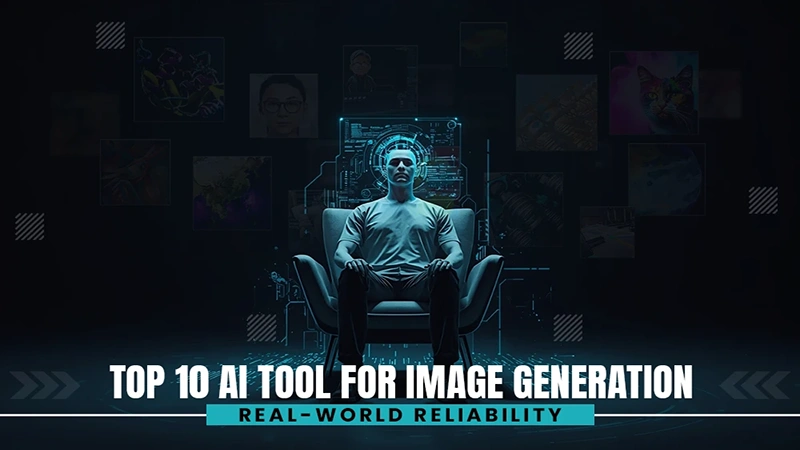Human-Machine Interface (HMI) might sound like a complex technical term, but it’s actually something you interact with every day. HMI bridges the gap between humans and machines, allowing us to communicate with and control technology seamlessly. From adjusting the thermostat in your smart home to navigating an infotainment system in your car, HMI plays a key role in our digital lives.
In this article, we’ll break down what HMI is, why it matters, and how it’s shaping the future of human-machine interactions. We’ll also highlight how companies like Barantech are at the forefront of creating innovative HMI solutions. Also, learn about Numberlina.com Technology by reading this article.
1. What is HMI?
At its simplest, Human-Machine Interface refers to the technology that enables interactions between humans and machines or devices. This can be as simple as pushing a button or as advanced as using voice commands or gestures to operate a machine. Essentially, HMI is the interface that allows humans to communicate with machines.
We encounter HMI in everyday devices such as smartphones, ATMs, cars, and even home appliances. Whether it’s a digital touchscreen or a more complex gesture-recognition system, HMIs are designed to make operating these devices easy and intuitive.
2. Why is HMI Important in Daily Life?
HMI technology enhances the way we experience and interact with technology, making it more accessible and user-friendly. Imagine using a smartphone without a touchscreen—it would be much more challenging to navigate apps or communicate. The same principle applies to cars, industrial machinery, and even household appliances.
In the automotive industry, for instance, HMI systems allow drivers to control navigation, media, and vehicle settings, all while keeping their focus on the road. In manufacturing, HMIs enable operators to control and monitor machinery, enhancing efficiency and reducing errors.
3. The Evolution of HMI Technology
HMI technology is constantly evolving to become more intuitive, efficient, and versatile. Early HMIs consisted of simple dials, buttons, and levers. Over time, they have transformed into advanced touchscreens, voice-activated controls, and even augmented reality (AR) interfaces.
Today’s HMIs offer features like gesture recognition, voice commands, and personalized interfaces. These advancements aim to make interactions more natural and seamless, whether you’re controlling a smart home system or a factory production line.
For example, in healthcare, modern HMIs enable surgeons to control medical devices using voice commands or hand gestures, reducing the need for physical contact during operations. Similarly, augmented reality-based HMIs are helping industrial workers visualize complex data overlaid on machinery.
4. HMI Across Various Industries
HMI technology impacts multiple industries, including automotive, healthcare, manufacturing, and consumer electronics. In healthcare, HMIs are vital for medical devices like imaging machines and surgical robots. By providing intuitive interfaces, HMIs allow medical professionals to perform procedures more accurately and efficiently.
In manufacturing, HMIs allow operators to control and monitor machinery, improving productivity and safety. For example, HMIs in industrial robots can display real-time data on a digital panel, allowing workers to quickly identify and address issues.
5. The Role of HMI in Enhancing User Experience
One of the most significant advantages of HMI technology is its ability to improve user experience. By offering intuitive and accessible interfaces, HMIs make it easier for people to operate and control various devices. This is especially important in industries where precision and efficiency are critical.
Advanced HMIs provide feedback in the form of vibrations, sounds, or visual cues, giving users immediate confirmation of their actions. This feedback loop helps users interact confidently with technology, leading to smoother and more enjoyable experiences.
6. Barantech’s Contribution to HMI Innovation
Companies like Barantech are pushing the boundaries of HMI technology. Barantech focuses on developing intuitive and high-quality HMI systems for various industries, with an emphasis on improving user experience, safety, and efficiency.
Their innovative approach includes integrating voice recognition, touchless controls, and smart feedback systems into their HMI solutions. By staying at the forefront of HMI development, Barantech is paving the way for the next generation of human-machine interactions.
7. Future Trends in HMI Technology
As we look to the future, HMI technology is expected to become even more personalized and context-aware. For example, HMIs could evolve to offer adaptive interfaces that change based on user behavior, preferences, and environmental conditions. Imagine a car’s HMI automatically adjusting based on the driver’s mood, weather conditions, or time of day.
We can also expect to see the rise of multimodal interfaces, combining voice, gesture, and touch controls for a more immersive and interactive experience. This could lead to applications in virtual reality (VR) environments, smart cities, and autonomous vehicles.
Conclusion
HMI technology is much more than just a bridge between humans and machines—it’s a critical player in shaping how we interact with the world around us. From consumer electronics to industrial automation, HMIs are making technology more accessible, intuitive, and efficient.
As companies like Barantech continue to innovate, we can expect even more advancements in HMI technology. These innovations will lead to more natural and seamless interactions, creating a future where humans and machines can communicate effortlessly.










